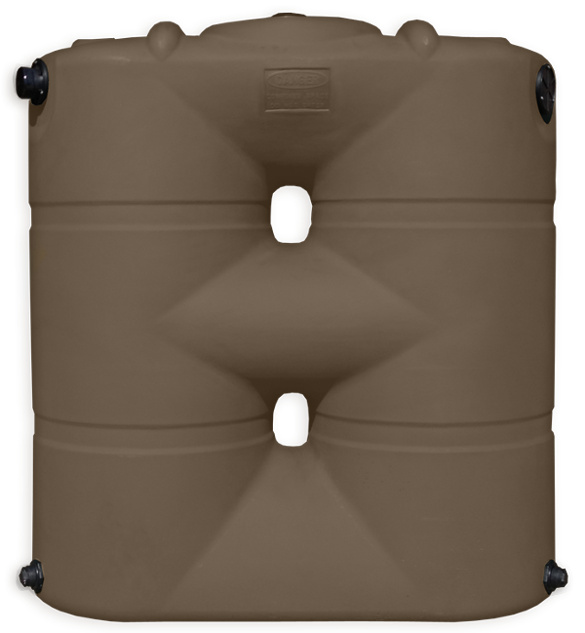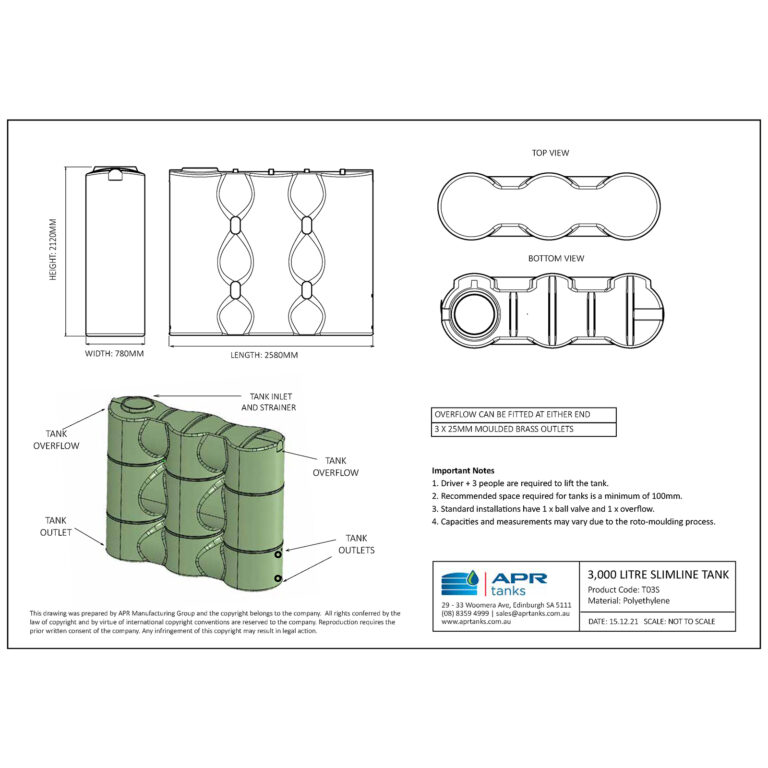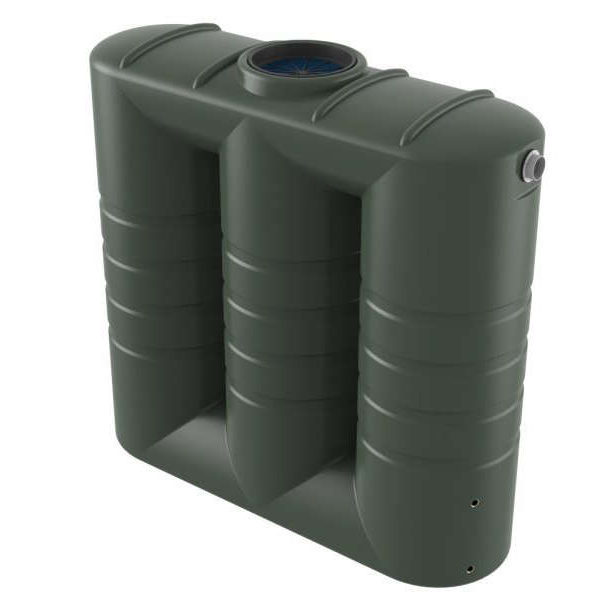Budget Friendly Slimline Water Tanks: Maximize Your Rain Harvesting
Budget Friendly Slimline Water Tanks: Maximize Your Rain Harvesting
Blog Article
Introducing the Advantages of Rainwater Tanks in Decreasing Water Expenses and Environmental Impact
In a world where sustainability and cost-efficiency are increasingly important, the use of rain containers presents a useful and environmentally mindful remedy. The benefits of including rainwater tanks into property or business homes prolong past simple water costs reductions. By checking out the diverse benefits of such systems, one can uncover a riches of insights into just how they add to an extra lasting future while favorably affecting both funds and the setting.
Cost Savings Via Rain Containers
When taking into consideration the execution of rainwater storage tanks, considerable cost savings can be achieved via reliable water management practices. Rainwater collecting offers a lasting option that not only minimizes water bills however likewise lessens the pressure on community water sources. By capturing and saving rain for different non-potable uses such as watering, bathroom flushing, and laundry, homes and businesses can considerably decrease their dependence on treated water from the grid, resulting in considerable price financial savings gradually.
One of the primary cost-saving advantages of rain storage tanks is the reduction in water energy bills. By making use of gathered rainwater for tasks that do not need potable water, such as sprinkling gardens or cleaning autos, people can decrease their general water consumption from the keys supply, resulting in lowered water bills. Additionally, rainwater storage tanks can aid reduce the impact of water constraints or droughts by providing a different water source for essential jobs, ensuring connection in water supply without incurring extreme costs. Overall, buying rainwater storage tanks can lead to long-lasting economic savings while advertising water preservation and sustainability.

Environmental Impact Reduction
Applying rainwater tanks not just leads to cost financial savings yet likewise contributes substantially to decreasing the environmental influence related to water consumption. By catching rainwater that would certainly otherwise escape right into storm drains pipes, rainwater tanks aid ease pressure on typical water resources like rivers and tanks. This reduced need for municipally treated water brings about energy savings and a decrease in the carbon impact connected with water therapy and distribution procedures.
Moreover, using rainwater for tasks such as horticulture, irrigation, and cleaning reduces the demand for utilizing cured water for non-potable objectives. This conservation of safe and clean water helps in maintaining water sources for important usages and reduces the energy-intensive processes entailed in treating water to fulfill alcohol consumption standards.

Water Costs Decrease Advantages
The installation of rainwater containers uses considerable monetary advantages via decreases in water expenses. By collecting and saving rainwater for numerous family uses, such as sprinkling yards, flushing commodes, or doing check this site out laundry, property owners can significantly decrease their reliance on the municipal water. This, consequently, leads to a recognizable decrease in water consumption from typical sources, causing lower water costs at the end of each invoicing cycle.
Rainwater is a complimentary and lasting resource that can supplement or perhaps change the need for making use of cured water for non-potable objectives. Because of this, families with rain tanks can see a significant decline in their overall water expenditures in time. Furthermore, throughout periods of water restrictions or dry spell, having a rain container can supply a valuable alternate water resource, more reducing the reliance on costly metropolitan water materials.
Essentially, investing in a rainwater storage tank not just adds to ecological preservation but likewise supplies substantial economic advantages by lowering water bills and promoting lasting price financial savings for homeowners.
Sustainable Water Management Solutions
Provided the economic advantages and lowered dependence on metropolitan water products that rainwater containers give, Clicking Here discovering sustainable water administration options ends up being a rational next step for homeowners looking to optimize their water usage. Sustainable water management entails applying techniques that effectively and properly use water resources while reducing wastefulness and ecological effect. Rainwater harvesting, which entails gathering and keeping rainwater for later usage, is a crucial element of sustainable water monitoring. By using rain storage tanks to capture and save rainwater, house owners can decrease their dependence on conventional water resources, such as community supplies or groundwater, hence contributing to water preservation initiatives.

Along with rainwater harvesting, lasting water administration remedies might consist of implementing water-efficient home appliances, components, and landscaping practices - Slimline water tanks. Installing low-flow bathrooms, showerheads, and taps can dramatically reduce water consumption within houses. Incorporating drought-resistant plants and utilizing smart irrigation systems can help minimize water usage for outdoor landscaping. By embracing these lasting water administration methods, house owners can not just enhance their water usage however additionally add to environmental conservation and minimize their water costs in the future.
Neighborhood Water Resource Conservation

Additionally, area participation can include the implementation of water-saving technologies and practices on a bigger scale. Motivating the fostering of rain containers, greywater recycling systems, and effective irrigation techniques within neighborhoods can lead to significant decreases in water intake. Furthermore, promoting a sense of cumulative duty for water preservation can promote sustainable behaviors and techniques amongst neighborhood members.
Furthermore, area water source preservation initiatives can pave the means for more powerful bonds amongst homeowners and a common dedication to environmental stewardship. By collaborating to shield and protect water sources, areas can add considerably to a more lasting and durable future.
Conclusion
To conclude, rain tanks supply significant expense savings, ecological benefits, and add to sustainable water monitoring remedies. By minimizing water costs, saving water sources, and lessening environmental effect, rainwater containers play a critical function in promoting water preservation and sustainability - Slimline water tanks. Their application not just benefits specific households however likewise adds to the wider goal of neighborhood water source administration and preservation
Report this page